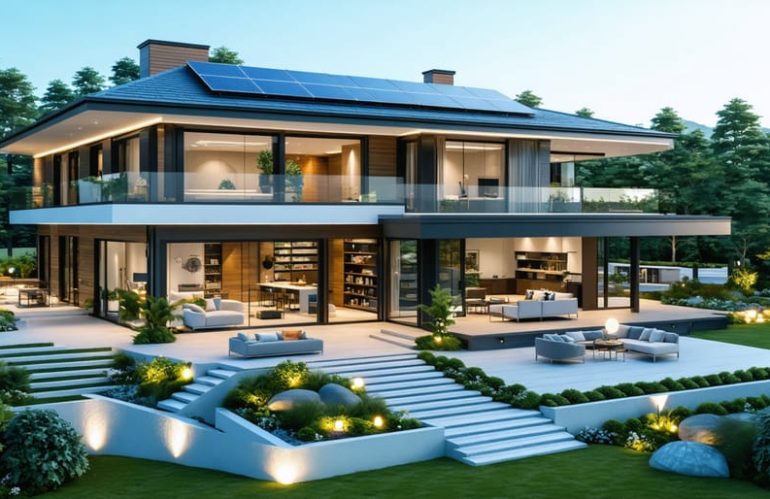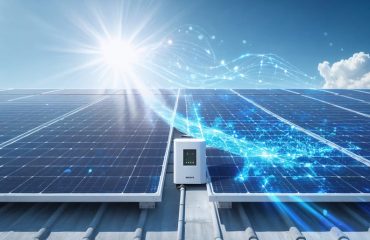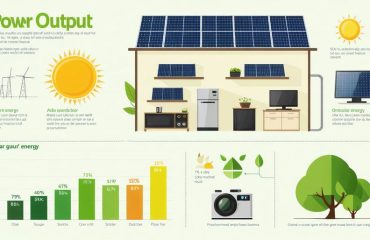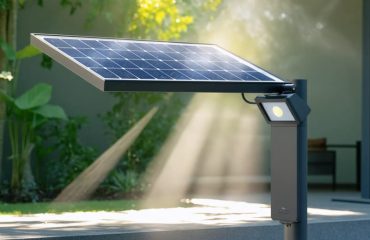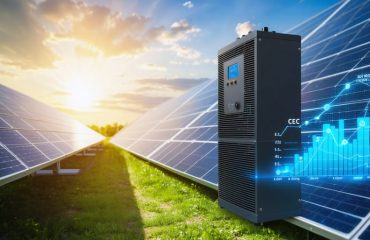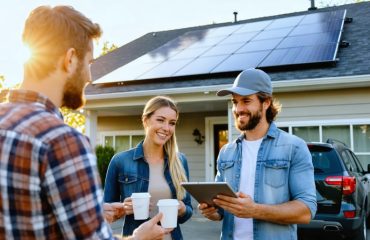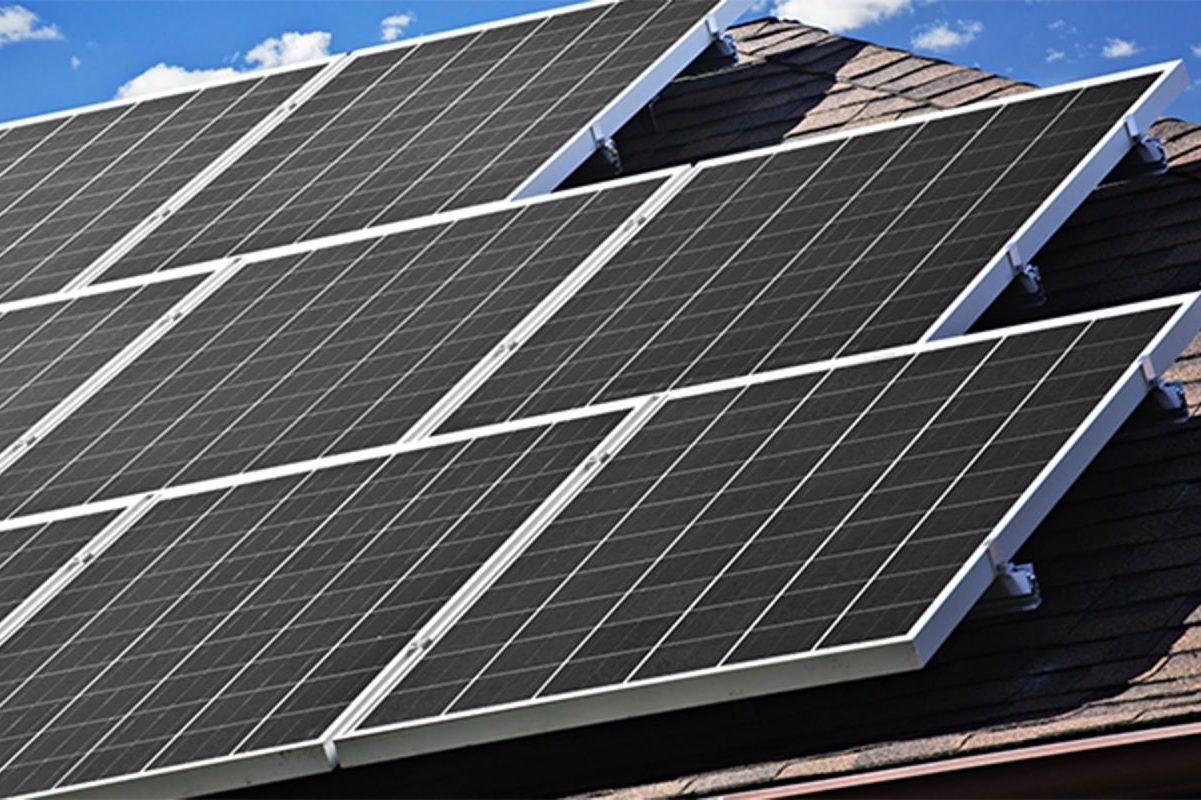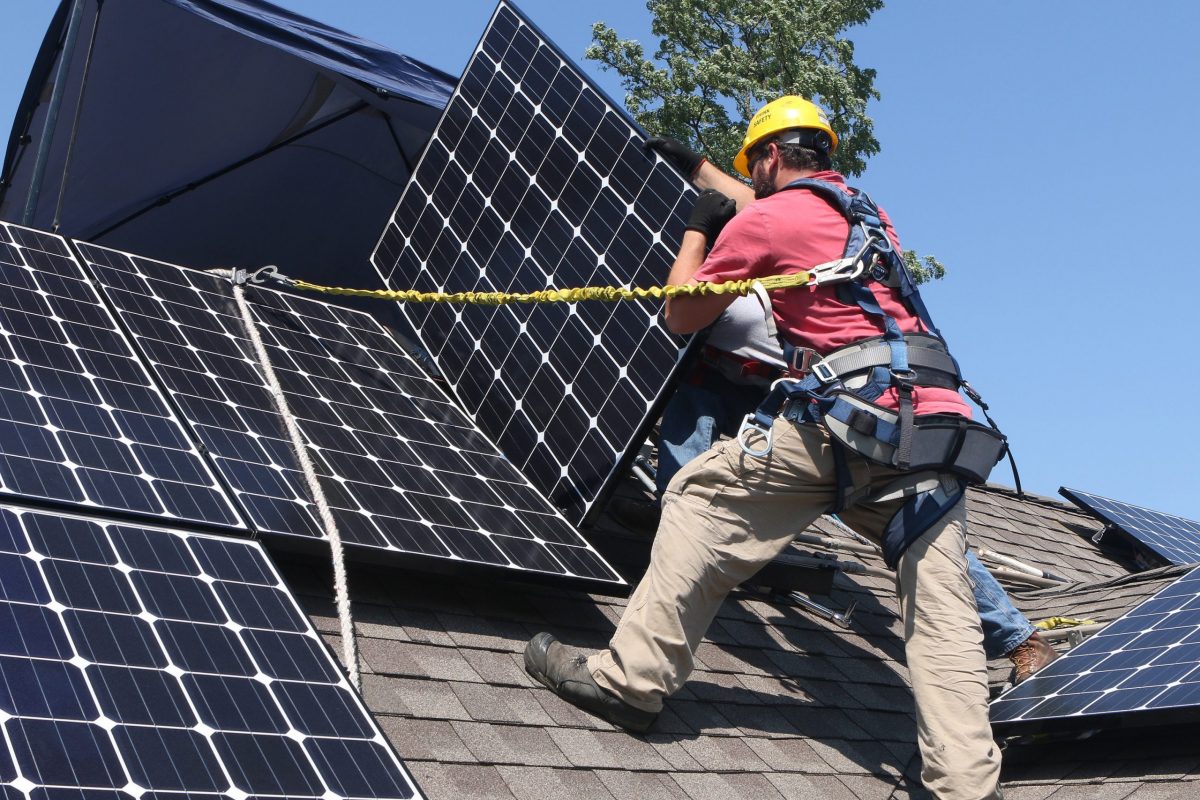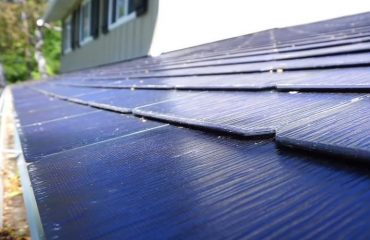Imagine a home so efficient it produces as much energy as it consumes – this is the revolutionary promise of zero energy ready homes. As energy costs continue to soar and climate concerns mount, these cutting-edge houses represent the future of sustainable living, combining advanced building techniques with smart design to slash utility bills while maximizing comfort.
Zero energy ready homes are built to exceptional standards of energy efficiency, featuring superior insulation, airtight construction, and high-performance windows and doors. What sets them apart is their ability to offset nearly all annual energy consumption when renewable energy systems, typically solar panels, are added. Unlike traditional homes that waste up to 40% of their energy, these precision-engineered dwellings operate at peak efficiency year-round.
For homeowners, the benefits extend far beyond environmental impact. While the initial investment may be 5-10% higher than conventional construction, zero energy ready homes deliver immediate savings through dramatically reduced utility bills, enhanced durability, improved indoor air quality, and increased resale value. With energy costs projected to rise, these homes offer both immediate comfort and long-term financial security, making them an increasingly attractive option for forward-thinking homebuyers.
What Makes a Home Zero Energy Ready?
Essential Building Features
A zero energy ready home starts with a superior building envelope – think of it as a highly efficient thermal blanket for your house. The walls feature enhanced insulation that goes beyond standard building codes, typically using materials like spray foam or dense-packed cellulose that prevent heat from escaping in winter or entering in summer.
Air sealing is another crucial feature, with special attention paid to common leak points around windows, doors, and utility penetrations. Think of it as wrapping your home in an invisible shield that keeps conditioned air inside where it belongs.
The windows in these homes are typically triple-pane or high-performance double-pane with special coatings that manage solar heat gain. These windows not only keep your home comfortable but also help reduce noise from outside.
The roof and foundation also receive special attention, with extra insulation and careful sealing to create a complete thermal boundary. Together, these features create a home that maintains consistent temperatures throughout, eliminates drafts, and dramatically reduces the energy needed for heating and cooling.
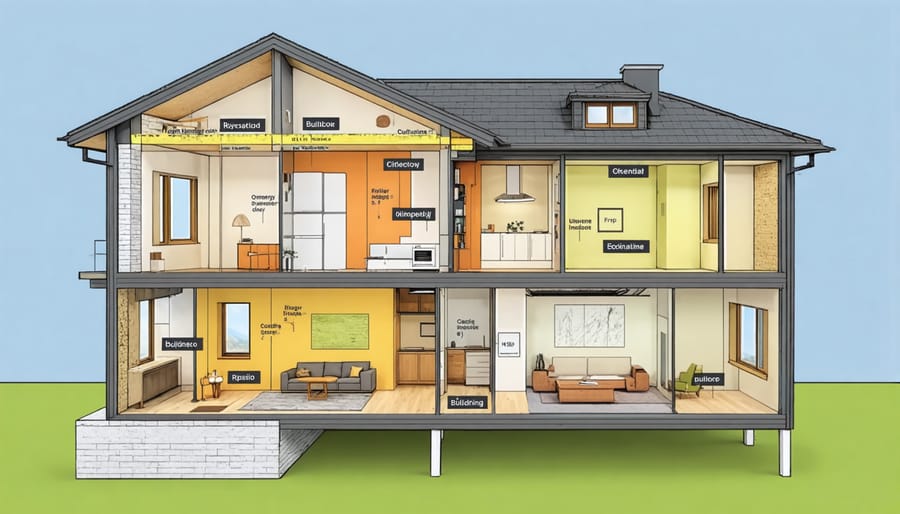
Energy-Efficient Systems
Energy-efficient systems form the backbone of zero energy ready homes, starting with advanced HVAC solutions that maintain comfort while minimizing energy use. These homes typically feature high-performance heat pumps for both heating and cooling, which can maximize energy efficiency by transferring heat rather than generating it.
Water heating, another significant energy consumer, is addressed through advanced solutions like heat pump water heaters or solar thermal systems. These units can reduce water heating costs by up to 60% compared to traditional systems while providing consistent hot water delivery.
Energy Star certified appliances are standard in zero energy ready homes, offering substantial savings on electricity usage. From refrigerators to washing machines, these appliances are designed to use significantly less energy than conventional models while maintaining high performance.
Smart home technology plays a crucial role, with programmable thermostats and energy monitoring systems helping homeowners track and optimize their energy consumption. These systems can automatically adjust settings based on occupancy patterns and weather conditions, ensuring optimal efficiency without sacrificing comfort.
Solar Integration in Zero Energy Ready Homes
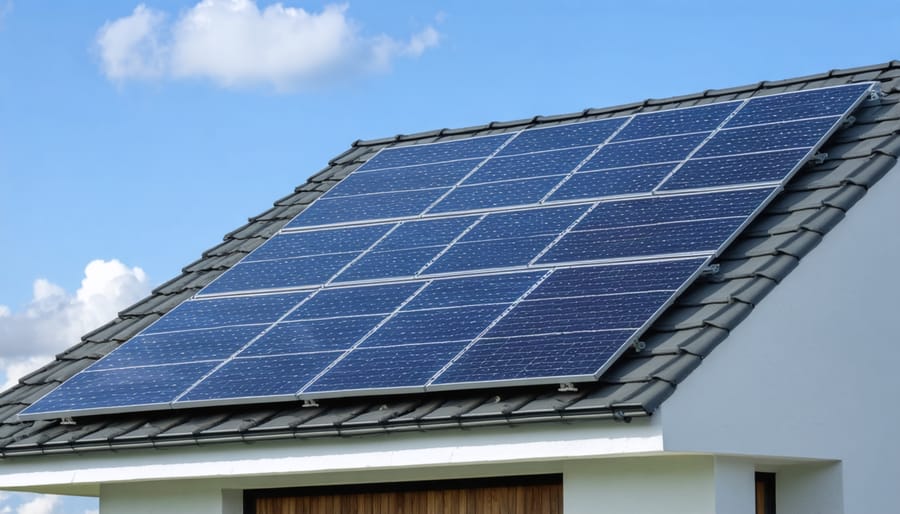
Solar Panel System Sizing
To determine the right solar system size for your zero energy ready home, start by analyzing your annual energy consumption. Review your past 12 months of utility bills to establish a baseline of your electricity usage in kilowatt-hours (kWh). This baseline helps ensure your solar system can offset your home’s energy needs effectively.
Consider factors that might affect your future energy usage, such as planned home additions, electric vehicle charging, or lifestyle changes. A good rule of thumb is to add 10-15% to your current usage to account for potential increases.
Your geographical location plays a crucial role in system sizing. Homes in areas with less sun exposure may need larger systems to generate the same amount of power as those in sunnier regions. Local weather patterns, roof orientation, and shading from nearby structures or trees also impact system efficiency.
Most residential solar systems range from 5 to 15 kilowatts (kW), depending on home size and energy needs. A typical 2,000-square-foot home might require an 8-10 kW system to achieve zero energy status. However, because zero energy ready homes are built with superior efficiency features, they often need smaller systems than conventional homes.
Work with a certified solar installer to calculate your specific needs. They’ll account for your home’s energy efficiency measures and recommend an appropriately sized system that balances initial investment with long-term energy production.
Future-Proofing Your Home
Future-proofing your zero energy ready home means thinking ahead about your energy needs and ensuring your house is prepared for eventual solar panel installation. The key is strategic planning during the construction or renovation phase, which can save you significant time and money later.
Start by ensuring your roof is solar-ready, with proper structural support and optimal orientation toward the sun. South-facing roof sections typically offer the best exposure for future solar panels. Include dedicated conduit runs from the roof to your electrical panel, making it easier to install solar wiring later without cutting into walls.
Consider installing an upgraded electrical panel that can handle both current needs and future solar integration. This might mean opting for a 200-amp or 400-amp service instead of the standard 100-amp panel. Additionally, designate space near your electrical panel for future solar inverters and battery storage systems.
Smart home technology infrastructure is another crucial element. Installing proper wiring and control systems now allows for seamless integration of energy management systems later. This includes planning for electric vehicle charging stations, home batteries, and smart appliances that can optimize your energy usage.
Remember to document all pre-installed components and leave detailed plans for future contractors. This forward-thinking approach ensures your home remains adaptable to emerging energy technologies while maintaining its zero energy ready status.
Financial Benefits and Incentives
Long-Term Energy Savings
Zero energy ready homes offer substantial financial benefits through long-term energy savings that extend far beyond the initial investment. Homeowners typically see a 60-80% reduction in their monthly utility bills compared to traditional homes, with some reporting annual savings of $2,000 or more. These smart energy upgrades create a powerful shield against rising energy costs, effectively freezing your energy expenses at a fraction of conventional rates.
The financial advantages become even more apparent when considering the steadily increasing utility rates nationwide. While traditional homeowners face unpredictable energy costs, zero energy ready homes maintain consistent, minimal energy expenses year after year. This predictability makes budgeting easier and provides peace of mind, especially during extreme weather conditions when energy consumption typically spikes.
Moreover, these homes offer a degree of energy independence that proves invaluable during power outages or grid disruptions. When paired with solar panels and energy storage systems, homeowners can maintain comfortable living conditions while remaining virtually independent from the grid, ensuring both comfort and security for years to come.
Available Incentives
Building a zero energy ready home becomes more affordable thanks to various financial incentives. The federal government offers tax credits through the Energy Efficient Home Improvement Credit, providing up to $5,000 for qualifying builds. The Department of Energy’s Zero Energy Ready Home program participants may also qualify for additional rebates and incentives.
Many states offer their own incentives, ranging from property tax exemptions to direct rebates. For example, California provides rebates up to $5,500 through their New Solar Homes Partnership, while New York offers low-interest financing through their Green Jobs-Green New York program.
Local utilities often provide additional savings through reduced rate programs and rebates for energy-efficient appliances and systems. Some municipalities offer expedited permits and reduced fees for zero energy ready construction projects.
To maximize available incentives, homeowners should:
– Research federal tax credits and rebates
– Check state energy office websites for regional programs
– Contact local utility providers about special rates
– Consult with local building departments about permit incentives
– Consider working with an energy consultant to identify all available opportunities
Remember that incentive programs change frequently, so it’s important to verify current offerings before starting your project.
Making the Transition
Assessment and Planning
The journey to a zero energy ready home begins with a thorough home energy assessment to identify your current energy usage patterns and improvement opportunities. This evaluation examines your home’s insulation, air sealing, HVAC systems, windows, and appliances to create a baseline for upgrades.
Start by collecting your utility bills from the past year to understand your energy consumption patterns. Note seasonal variations and peak usage times to help prioritize improvements. Consider factors like your local climate, home’s orientation, and existing energy systems when developing your upgrade strategy.
Create a prioritized checklist of improvements, starting with the most cost-effective solutions. Common initial steps include upgrading insulation, sealing air leaks, and replacing outdated appliances with energy-efficient models. More substantial upgrades might involve installing high-performance windows, upgrading HVAC systems, or adding smart home technology.
Develop a realistic timeline and budget for implementations. Many homeowners choose a phased approach, spreading improvements over several years to manage costs. Research available tax incentives, rebates, and financing options to maximize your investment. Remember that while some upgrades require significant upfront costs, they often pay for themselves through reduced energy bills and increased home value.
Consider working with certified energy efficiency professionals who can provide detailed recommendations and ensure proper installation of new systems. They can also help you track progress and verify that improvements meet zero energy ready standards.
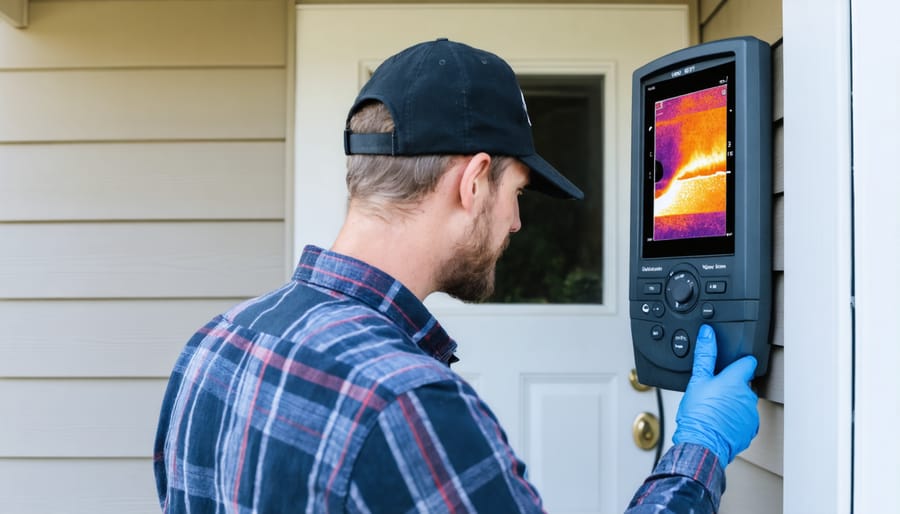
Working with Professionals
When building or renovating a zero energy ready home, working with qualified professionals is crucial for success. Start by seeking contractors who have experience with energy-efficient construction and certification programs. Look for professionals certified by the Department of Energy’s Zero Energy Ready Home program or those who hold credentials from organizations like RESNET or BPI.
Ask potential contractors about their experience with high-performance homes, advanced building techniques, and energy modeling. Request references from previous zero energy ready home projects and don’t hesitate to contact these references. A qualified contractor should be able to explain their approach to air sealing, insulation, HVAC integration, and other crucial components.
Ensure your contractor understands the certification requirements for zero energy ready homes and has a track record of achieving these standards. They should be familiar with energy testing procedures, documentation requirements, and current building codes related to energy efficiency.
Consider working with an energy consultant or rater early in the process. These professionals can help verify that your home meets the required standards and can provide valuable guidance throughout construction. They’ll conduct various tests and inspections to ensure your home achieves its energy performance goals.
Remember to get everything in writing, including the contractor’s commitment to meeting specific energy performance targets and certification requirements. Regular communication and documentation throughout the project will help ensure your zero energy ready home meets all necessary standards.
Zero energy ready homes represent a significant step forward in sustainable living, offering a perfect balance of environmental responsibility and practical benefits. By combining advanced building techniques with energy-efficient features, these homes provide homeowners with substantial long-term savings while dramatically reducing their carbon footprint.
The advantages are clear: lower utility bills, improved indoor air quality, enhanced comfort, and increased home value. Moreover, these homes are future-proofed against rising energy costs and evolving environmental regulations. With minimal maintenance requirements and robust construction standards, zero energy ready homes offer peace of mind and financial security for years to come.
As we face growing environmental challenges and rising energy costs, the decision to invest in a zero energy ready home becomes increasingly compelling. Whether you’re building new or considering a retrofit, the technology and expertise are readily available to help you achieve your sustainability goals.
Take the first step toward energy independence by exploring zero energy ready home options in your area. Connect with certified builders, research available incentives, and consider how these homes align with your values and financial objectives. The path to sustainable living is clear, and zero energy ready homes offer a practical, proven solution for homeowners who want to make a difference while enjoying the benefits of modern, efficient living.

